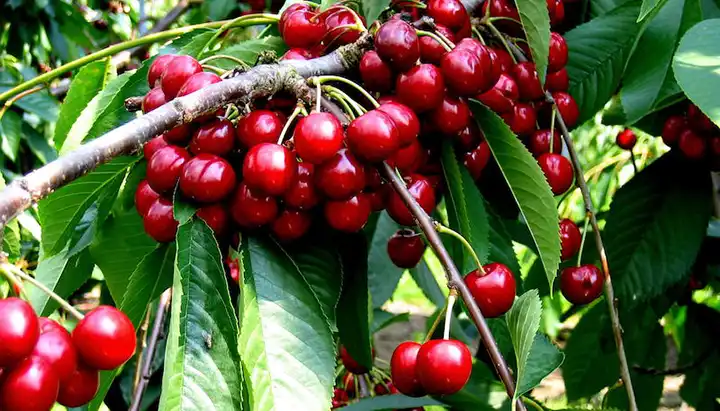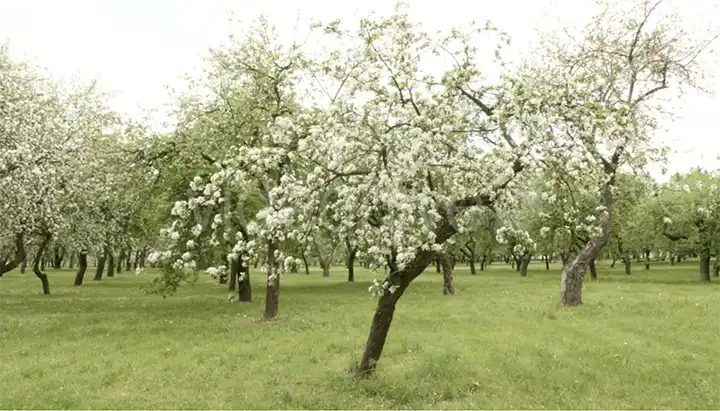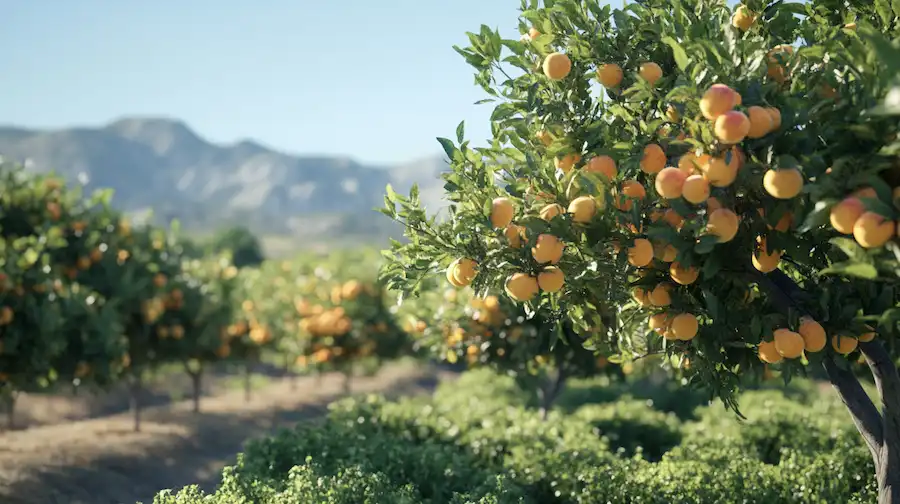Cultivating Success: A Detailed Guide to Growing Grapevines from Pruned Cuttings
Discover the rewarding practice of propagating grapevines using pruned cuttings. This traditional method, embraced by vineyard enthusiasts and hobbyists alike, allows for the preservation of specific grape varieties while offering a cost-effective approach to expanding your vineyard.

Understanding Grapevine Cuttings:
What Makes a Good Cutting?
- Ideal cuttings are typically 8-12 inches long with 3-4 buds, taken from healthy, one-year-old wood.
- The upper cut should be made at a 45-degree angle just above a bud, and the lower cut straight, just below a bud.
Hardwood vs. Softwood Cuttings:
- Hardwood cuttings are taken during dormancy in late winter. They are less prone to drying out and often have a higher success rate.
- Softwood cuttings, taken in spring or early summer, root quickly but require more care to prevent drying.
Preparing for Planting:
Timing and Cutting Preparation:
- Late winter, just before bud break, is ideal for taking and planting hardwood cuttings.
- Prepare cuttings by ensuring they are not dried out and have a healthy, green interior.
Using Rooting Hormones:
- Dip the bottom end of the cutting in a rooting hormone powder or solution to stimulate root growth.

Planting the Cuttings:
Soil Requirements:
- Plant in well-drained, fertile soil with a pH of 5.5 to 6.5.
- Prepare the soil by tilling and adding organic matter if necessary.
Planting Method:
- Bury two-thirds of the cutting in the soil, ensuring at least two buds are above the surface.
- Space the cuttings 3-4 feet apart in rows, with rows 8-10 feet apart.
Initial Care:
- Water immediately after planting and mulch to retain moisture.
- In the first few weeks, ensure the soil remains moist but not waterlogged.
Care and Maintenance:
Watering and Fertilizing:
- Regular watering is crucial in the first season. Reduce frequency as vines establish.
- Fertilize lightly after the first few months if growth seems slow, using a balanced fertilizer.
Protection Measures:
- Use physical barriers or netting to protect young vines from animals.
- In colder regions, consider hill-up soil around the base to protect from frost.
Training and Pruning:
Training Young Vines:
- In the first year, focus on developing a strong, straight trunk. Use a stake for support if needed.
- Select the strongest shoot to become the main vine and prune others.
Pruning Techniques:
- In the second year, start training the vine on a trellis system.
- Prune annually in late winter to maintain shape and promote healthy growth.
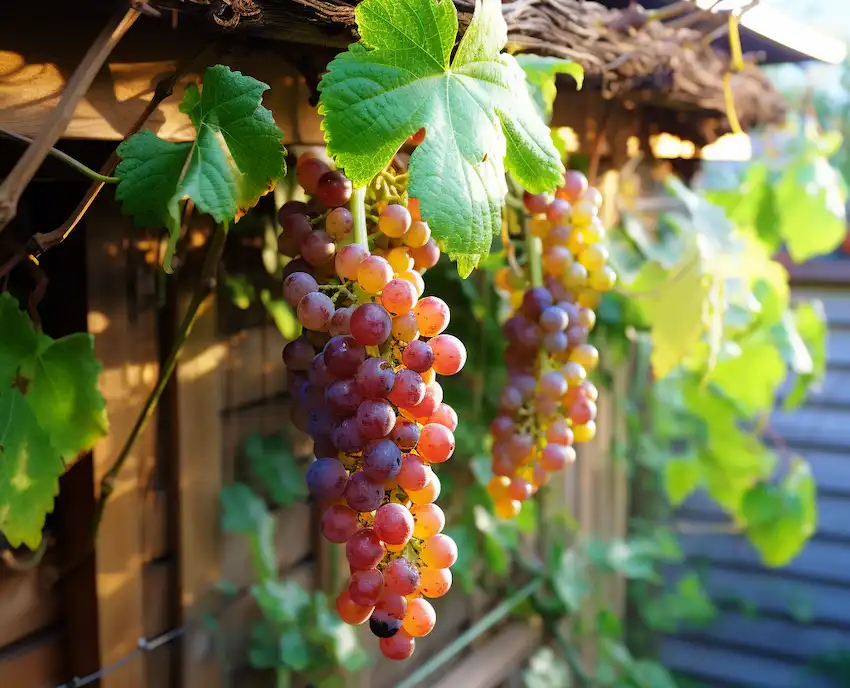
Troubleshooting:
Disease and Pest Control:
- Regularly inspect for signs of disease or pests. Use organic or recommended treatments as necessary.
- Common issues include powdery mildew, grapevine aphids, and root rot.
Rooting Problems:
- Not all cuttings will take root. Increase success rates by starting more cuttings than needed.
- Ensure cuttings are not planted upside down and that they remain moist after planting.
Harvesting and Beyond:
Expectations for Harvest:
- Typically, grapevines start producing fruit in the third year.
- Initial harvests may be small, with yield increasing as the vine matures.
Long-Term Vineyard Management:
- Regular pruning, soil testing, and nutrient management are key.
- Monitor for pest and disease and engage in sustainable practices for vine health.
Embrace the journey of growing grapevines from cuttings. With patience and care, you’ll enjoy the fruits of your labor, both literally and figuratively. This guide is your first step towards a thriving vineyard.
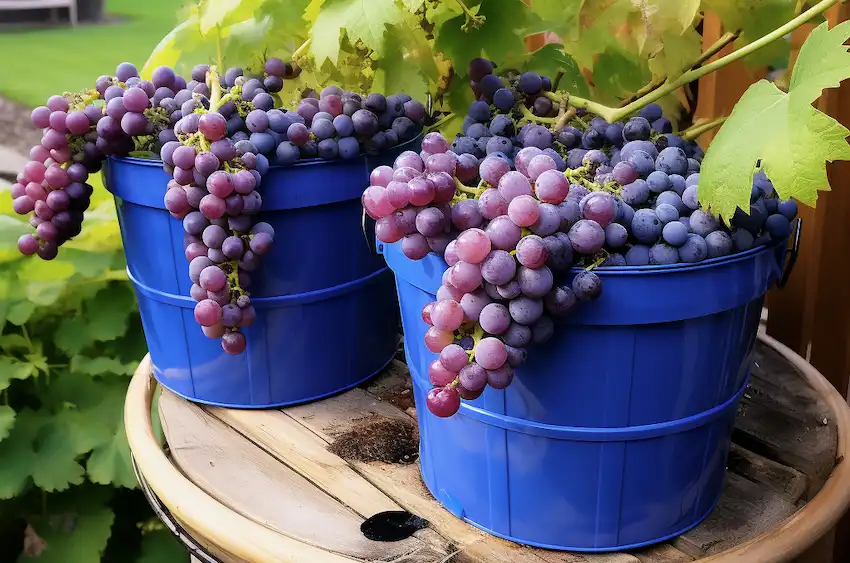
Sources:
This guide is compiled from expert resources in viticulture, including agricultural extension programs, experienced vintners, and horticultural texts.
Note: This article is a starting point. Local climate, soil, and grape variety can significantly impact the growing process. For specific advice, consult local viticulture experts or extension services.
















